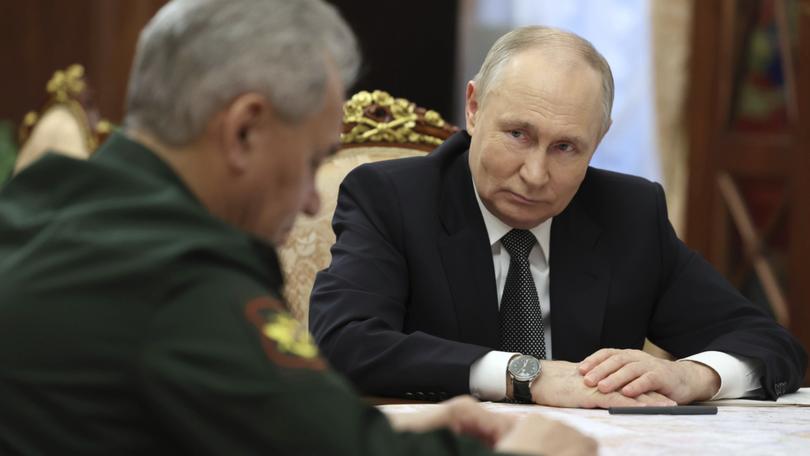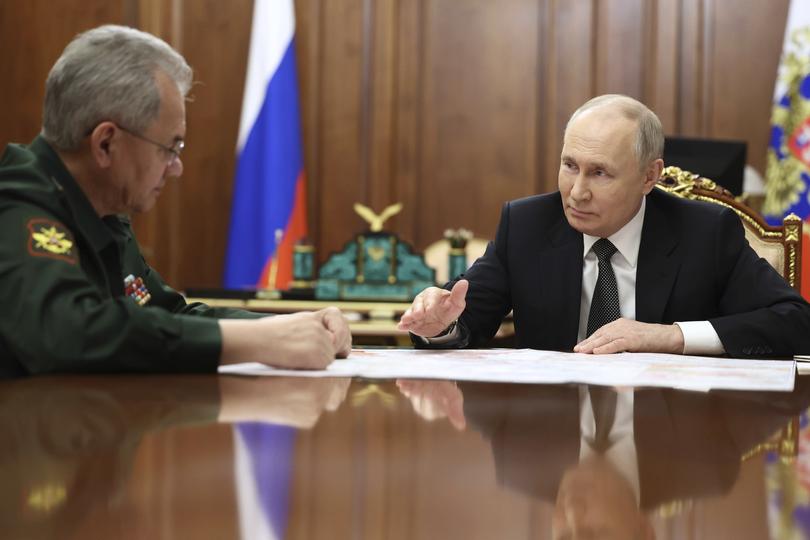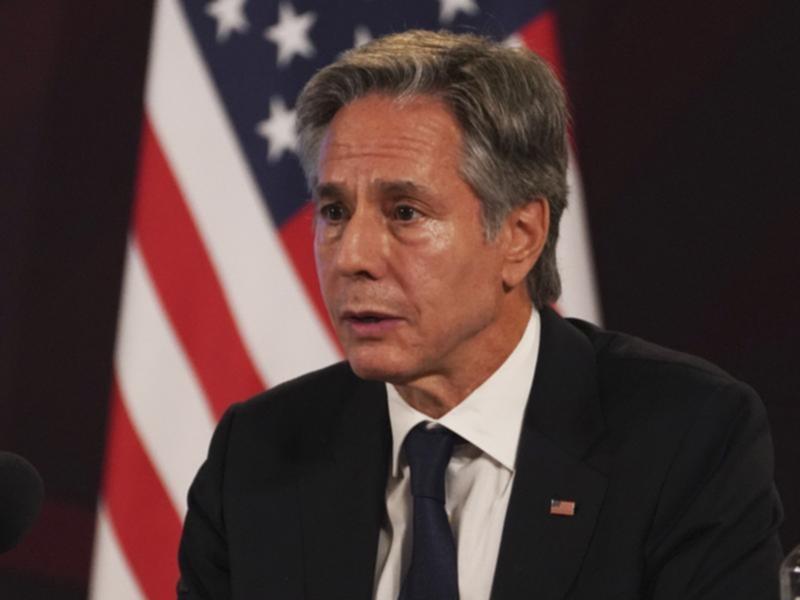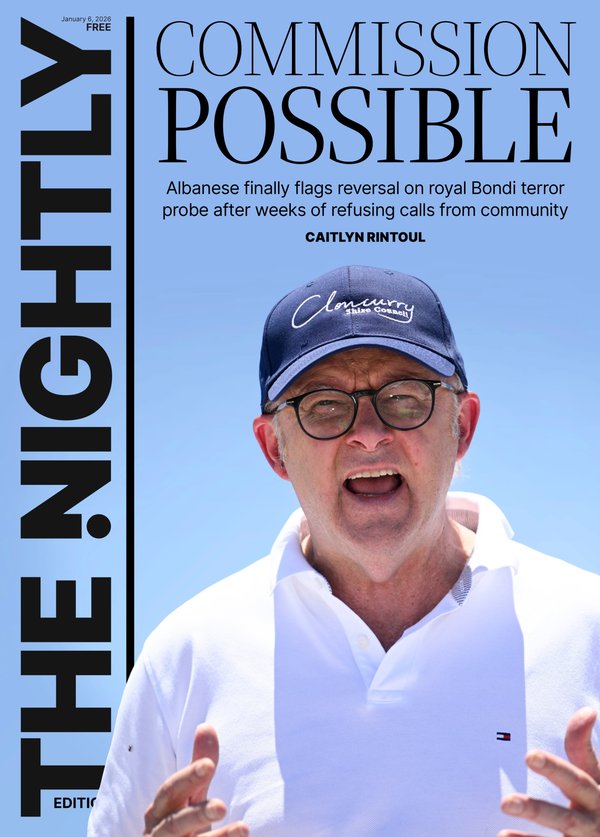The New York Times: U.S. warns allies Russia could put a nuclear weapon into orbit this year

U.S. intelligence agencies have told their closest European allies that if Russia is going to launch a nuclear weapon into orbit, it will probably do so this year — but that it might instead launch a harmless “dummy” warhead into orbit to leave the West guessing about its capabilities.
The assessment came as U.S. intelligence officials conducted a series of rushed, classified briefings for their NATO and Asian allies, as details of the U.S. assessment of Russia’s intentions began to leak out.
The U.S. intelligence agencies are sharply divided in their opinion about what President Vladimir Putin is planning, and on Tuesday Putin rejected the accusation that he intended to place a nuclear weapon in orbit and his defense minister said the intelligence warning was manufactured in an effort to get Congress to authorise more aid for Ukraine.
Sign up to The Nightly's newsletters.
Get the first look at the digital newspaper, curated daily stories and breaking headlines delivered to your inbox.
By continuing you agree to our Terms and Privacy Policy.
During a meeting with the defense minister, Sergei Shoigu, Putin said Russia had always been “categorically against” placing nuclear weapons in space, and had respected the 1967 Outer Space Treaty, which prohibits weaponizing space, including the placement of nuclear weapons in orbit.
“We not only call for the observance of the existing agreements that we have in this area,” he was quoted as saying by the Russian state media, “but we have proposed many times to strengthen these joint efforts.”
On Wednesday, Putin reinforced the central role he believes Russia’s nuclear arsenal plays in the country’s defenses. Visiting an aviation factory, he climbed into the bomb bay of a Tu-160M strategic bomber, the most modern in the Russian fleet.
Putin has made no secret of his interest in upgrading Russia’s Cold War-era delivery systems, such as the bomber, which can reach the United States and is designed to carry two dozen nuclear weapons. And he has advertised a fleet of new weapons — some still in development — including the unmanned Poseidon nuclear torpedo, which was designed to cross the Pacific, with no human control, to explode on the West Coast of the United States. (Russia has been less transparent about the accidents that have accompanied the testing of these new weapons.)
But a space weapon would be different. Unlike the rest of the Russian or American arsenals, it would not be designed to hit cities or military sites, or any place on Earth. Instead, it would be nested inside a satellite, capable of destroying swarms of commercial and military satellites circulating alongside it in low-Earth orbit, including those such as Starlink that are remaking global communications capabilities. It was Ukraine’s ability to connect its government, its military and its leadership over Starlink that played a critical role in the country’s survival in the first months after the Russian invasion, two years ago this week.
According to two senior officials briefed on the intelligence assessment that the United States has provided to allies, U.S. officials have said that Putin may believe that the mere threat of massive disruption — even if it meant blowing up Russia’s own satellites — might infuse his nuclear arsenal with a new kind of deterrent.
If the Tu-160 bomber that Putin clambered aboard Wednesday ever dropped its bombs on the United States or a NATO nation, the retaliation would likely be swift. But Putin, the U.S. analysts have told their counterparts, may believe that the old Cold War doctrine of “mutually assured destruction” would not apply in space: No one would risk a war over blowing up satellites, especially if there were no human casualties.
But U.S. officials admit they have low confidence in their own analysis of whether Putin is really prepared to launch a nuclear weapon into orbit. They have concluded that Russia tested such a system in early 2022, about the time that Putin ordered the invasion of Ukraine. But it took some time for U.S. intelligence agencies to determine that test was a practice run for putting a nuclear weapon into orbit.
Now those agencies are divided in their assessment of what may come next. Some believe Putin might launch a “dummy” weapon, but leave it unclear whether it was fake or real — making a response all the more difficult.
But the concern in Washington is high enough that Secretary of State Antony Blinken warned his Chinese and Indian counterparts last weekend that if a nuclear weapon were ever detonated in low-Earth orbit, it would take out their satellites, too. He urged them to use their influence with Putin to prevent the weapon from ever being deployed.

Shoigu, the defense chief, said Tuesday that Russia was not violating the 1967 treaty, but he stopped short of talking about plans. “We do not have any nuclear weapons deployed in space, or elements of nuclear weapons being used on satellites, or fields created to stop satellites working effectively,” he said, according to Russian media reports.
“We don’t have any of that, and they know that we don’t, but they are still making noise,” he continued, at the meeting with Putin. “The reason why the West is making this noise consists of two things: first, to scare senators and congressmen, to extract funding supposedly not just for Ukraine, but also to counter Russia and to subject it to strategic defeat.”
“And second, in our view they would like to push us so clumsily into restarting a dialogue on strategic stability,” he said, a reference to talks that were briefly underway before the invasion of Ukraine about devising a successor to the New START treaty, which limits the number of overall weapons that the U.S. and Russia can deploy. The treaty expires in two years.
Those discussions also delved into new kinds of weapons and new technologies, including artificial intelligence, that could pose new nuclear threats. But the talks ended with the invasion of Ukraine, and have never resumed.
This article originally appeared in The New York Times.
© 2024 The New York Times Company
Originally published on The New York Times
